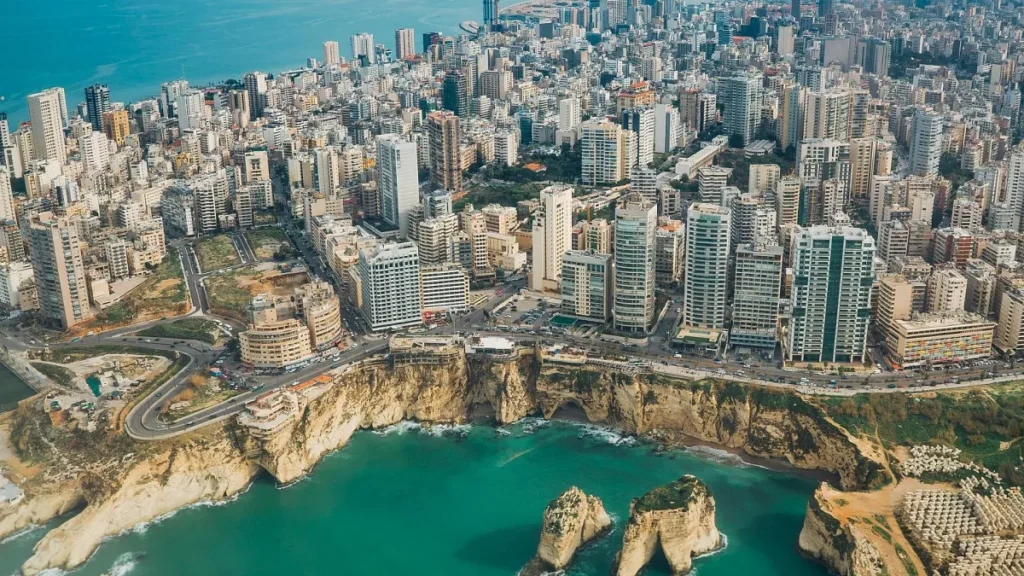
About
Beirut, the capital of Lebanon, is a vibrant and cosmopolitan city that blends history, culture, and modernity. Nestled along the Mediterranean coast, it has long been a hub for trade, education, and the arts. Beirut’s cityscape is a striking mix of historic architecture, including Ottoman-era buildings and French Mandate influences, alongside contemporary skyscrapers and luxury developments. Known for its lively nightlife, diverse culinary scene, and thriving cultural institutions, Beirut offers a dynamic experience that reflects Lebanon’s rich heritage and resilience. Despite challenges over the years, the city remains a symbol of Lebanese identity, creativity, and cosmopolitan spirit.
Places of Interest
-
Beirut, the capital city of Lebanon, is a vibrant metropolis that encapsulates the country’s history, culture, and resilience. Situated on the eastern coast of the Mediterranean Sea, Beirut has long …
-
Beirut, the capital and largest city of Lebanon, is a fascinating blend of history, culture, and resilience. Nestled along the eastern Mediterranean coastline, this city has weathered centuries of turmoil, …
-
Beirut, the capital and largest city of Lebanon, is a fascinating blend of history, culture, and resilience. Nestled along the eastern Mediterranean coastline, this city has weathered centuries of turmoil, …
-
The Pigeon Rocks, also known as the Raouche Rocks, are an iconic natural landmark located off the coast of Raouche, a picturesque neighborhood in Beirut, Lebanon. These towering limestone formations, …
-
The Corniche Beirut, often referred to as the “Paris of the Middle East,” is a stunning waterfront promenade that stretches along the coast of the Mediterranean Sea, offering breathtaking views …
-
Beirut, the capital and largest city of Lebanon, is a fascinating and dynamic metropolis that has weathered the complexities of history to emerge as a vibrant cultural hub on the …
